By: Sofie Hamilton
Hola from Costa Rica,
This week we have been settling into a calmer pace at La Selva Research Station and embracing the “Pura Vida” lifestyle. The isolated research station is located on 1536 hectares (3795 acres) of conserved lowland rainforest that has shown to be a perfect location for us to all get to know one another better. Here, we have been enjoying Costa Rican coffee, impromptu soccer games, late-night card games, and the welcoming greetings and lectures of biologists and staff members. Sloths have been spotted climbing trees on our way to class, and caimans (an
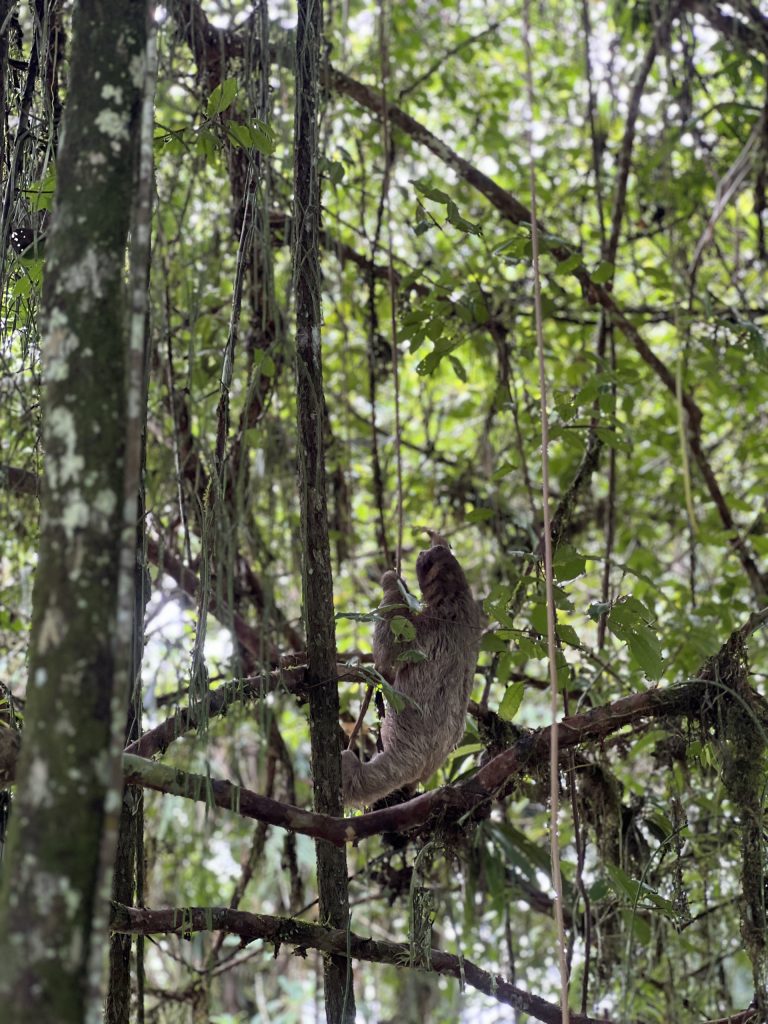
alligator-like reptile) rest upon the shoreline under the wire bridge. Costa Rica is one of the world’s most biologically diverse countries with 775 species living in La Selva alone, and the group has really bonded over our shared excitement for the exotic animals living around us.
Although seeing animals on our way to class is always exciting, we saw firsthand how the sunset showcases even more biodiversity during our night hike. We had just finished celebrating Grace’s 21st birthday when Emi, our Environmental Sustainability professor here in Costa Rica, split us into small groups, told us to grab our headlamps, and began the journey into the rainforest. We then met our tour guides – locals with decades of rainforest experience equipped with telescopes and laser pointers. For the next couple of hours, we re-explored the trail systems through a night-time lens and saw the rainforest, which we previously thought hosted profound biodiversity, boom with life. Eyelash pit vipers, bullet ants, banana spiders, and a surprise boa constrictor appearance made us appreciate just how much life flourishes here. Furthermore, less scary animals like pauraques, the classic red-eyed tree frog, and too many insects to count truly made the hike memorable. The tour guides had an almost sixth sense for spotting animals we would have walked right past and pointed out camouflaged parts of the forest like puma scratch marks up a six-foot tall tree. Although we did not walk very far, we were constantly entertained by the tour guide’s explanations and everyone’s discoveries allowed us to hike for multiple hours.
There is much to do and see at La Selva, however, exploration is why many of us chose Global Semester, and excursions from the research station provide unique experiences. This week, for example, we went on the Organic Paradise Tour and saw how much extra work it takes organic pineapple farmers to implement sustainable practices into their farms. We started the tour on a trailer and headed over to the hot fields where farmers were harvesting the fruits. Here, our tour guide taught us how to pick a high-quality fruit and properly slice a pineapple, using a “Justin” (ask your globie about it). Our tour guide also pointed out the ways in which this organic farm strives for sustainability and how circular economic practices apply to the pineapple market. For example, plastic sheets cover the crops to keep away animals while maintaining dry soil during the rainy season. Insect infestation and rotting roots are both cheap fixes in traditional farming practices, but this company aims to eliminate harmful pesticides and chemicals, despite the more expensive farming methods.
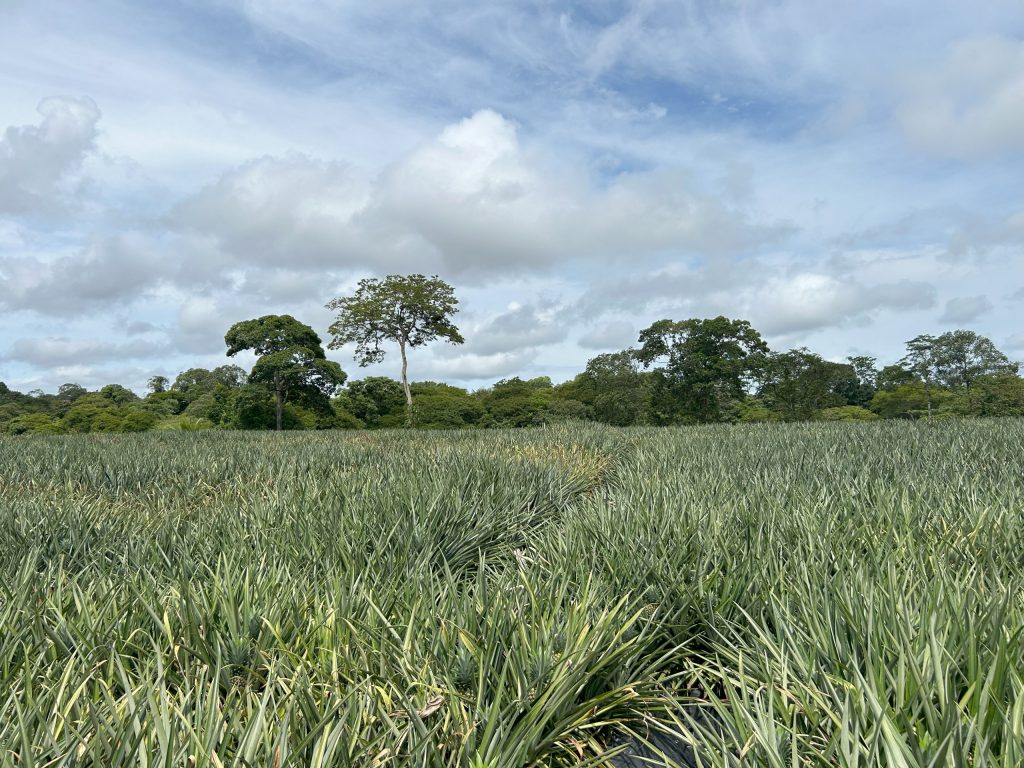
Later in the week, we drove into town and visited another local plantation, only this time instead of pineapple, we learned about the surprisingly complicated process of chocolate making. Our tour began with a walk through the tall cacao trees as our guide pointed out all the variations and diversity of cacao fruits. He made sure that we understood the ethics of the company, Costa Rica Best Chocolate, which is devoted to sustainable tourism and promoting the businesses of ethical and local chocolate producers. After walking through the trees, our group entered a mini stadium where the entire chocolate-producing process was demonstrated. Many volunteers were called forward to try the raw slimy cacao, grind the seeds, and ferment the beans. The best part of the tour however was the constant samples from each step of the process. We all got to try raw cacao with the sweet fruit part, the cacao nibs, roasted beans, raw chocolate, mixed products, and advancing to industrial scale high-quality chocolate. As we enjoyed the “Nectar of the Gods”, a bitter indigenous drink with raw cacao, our tour guide explained the history of chocolate production and the issues the industry faces today. The group was hearing about the unethical budget cuts industrial chocolate corporations implement, while tasting the profound contrast to authentic chocolate. After the tour was finished, we walked away very full and with a new appreciation for small companies investing more resources into quality products.
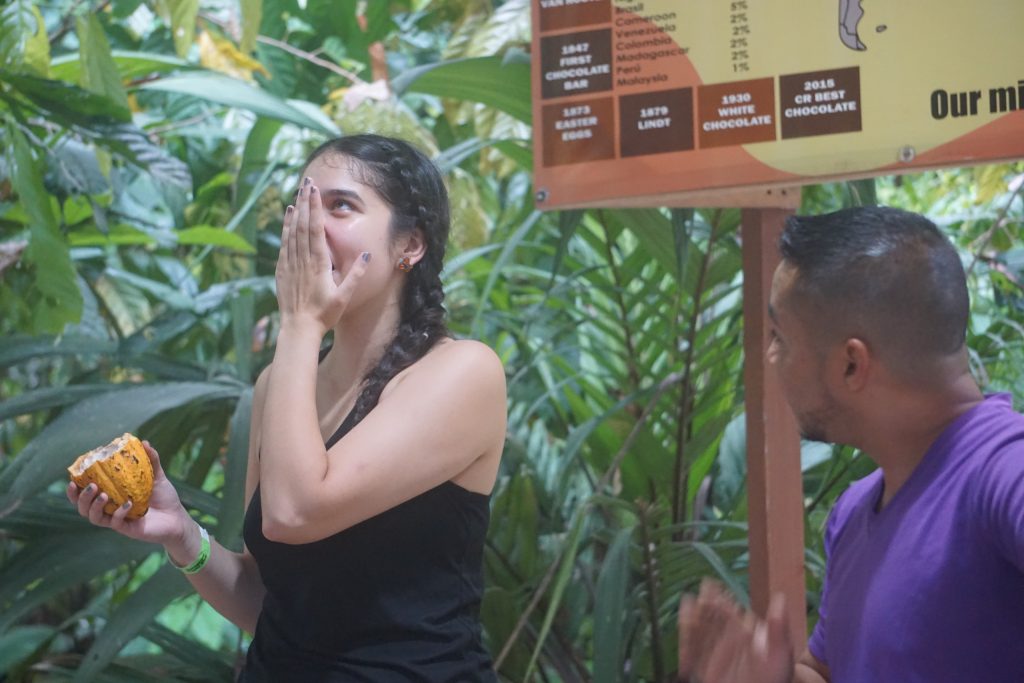
Despite having a lot of fun exploring the town outside La Selva, our group has been consistently discussing the layers of ethical traveling and sustainability inside the classroom. This week we toured La Selva’s Herbarium, a multi-million dollar collection of dried plant specimens, and the station’s insect collection, where thousands of insects are preserved and organized by species. Biologists Orlando Vargas and Danilo Brenes discussed the importance of these species’ documentation and how OTS uses these findings to conduct research.
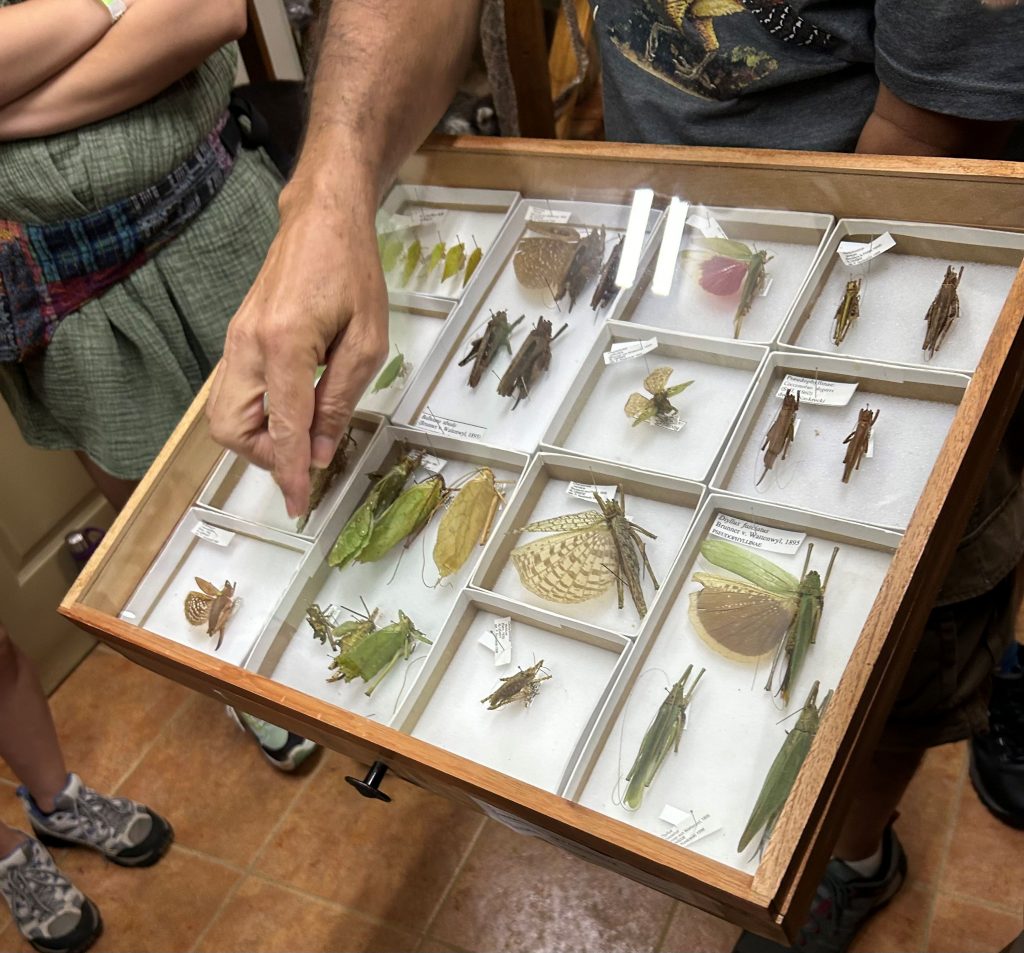
This week we also had an invasive plants workshop where we went out into the rainforest with Kenneth Alfaro to dig up invasive trees, including pink velvet bananas and taro plants. The work was tiring and dirty, but everyone had fun and embraced the experience while slicing the roots of taro trees.
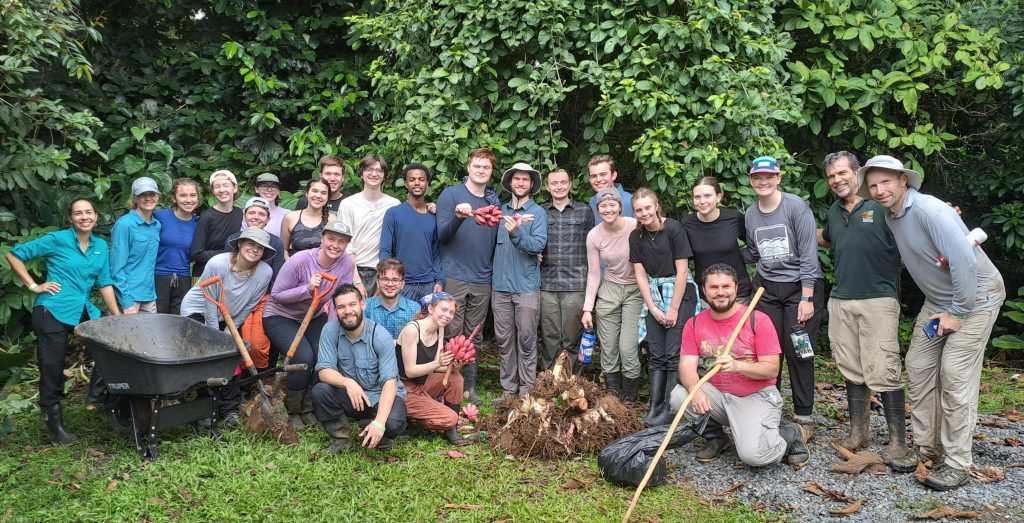
In other lectures, we talked about carbon storage, biodiversity loss and its global impact, and forest structures. During a wildlife coexistence workshop, guest speaker Esteban Berenes-Mora shared with us his passion for protecting the tapir. These keystone species support other animals therefore, protecting tapirs indirectly benefits other animals. Classes this week have focused on the symbiotic relationships between different species, coexistence, travel ethics, and dimensions of our experience here at La Selva.
Overall, our globie family has bonded over local tours, reflective class discussions, our shared interest for ecology, and life at La Selva. This week is our last one at the research station but as everyone prepares to depart for Monteverde, I believe we are all appreciating the beautiful lowland rainforest, swinging bridge, open-air cafeteria, the trail systems, and more. However, a new location will bring new adventures and we are excited to keep you all updated on our travels.


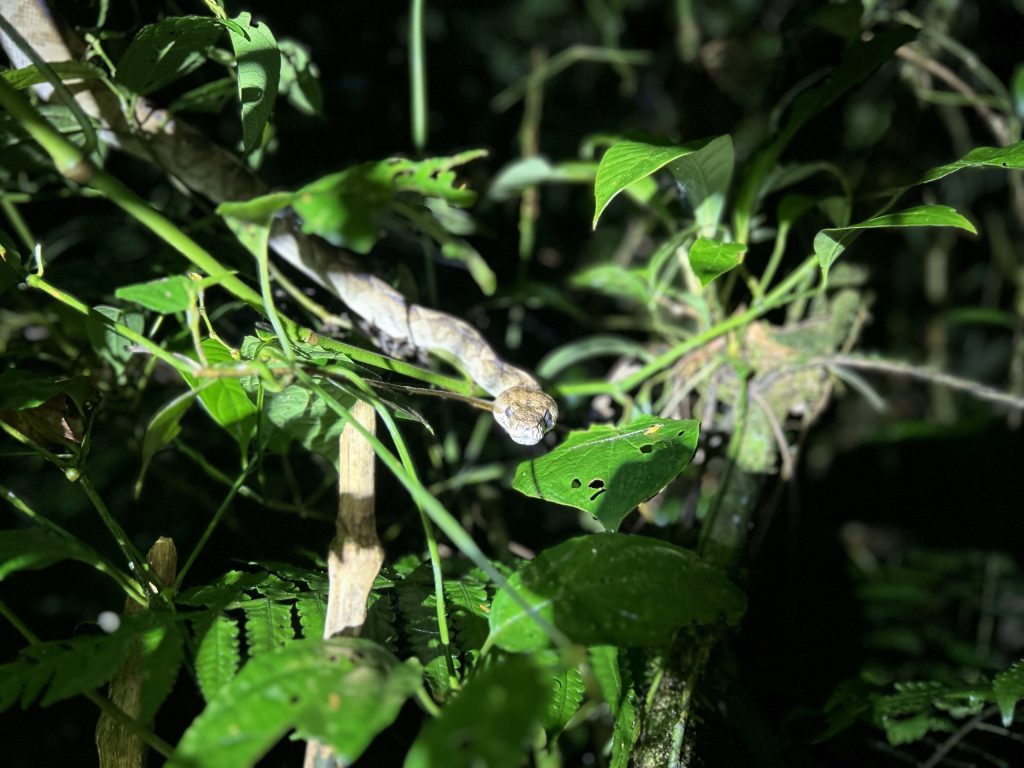

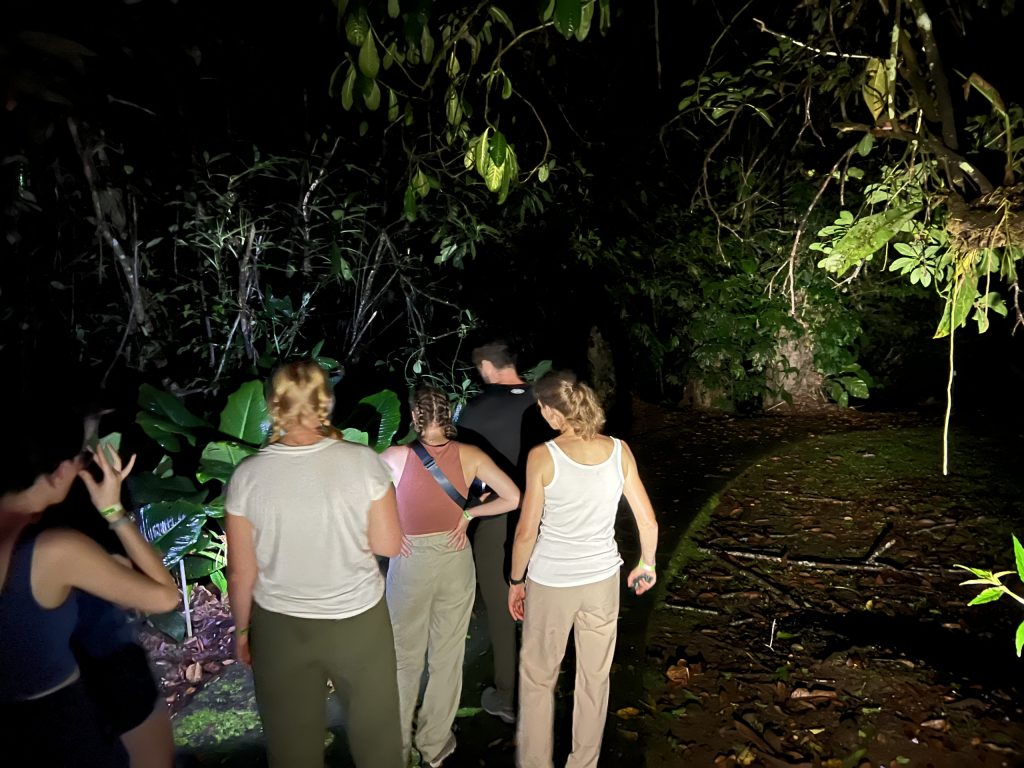
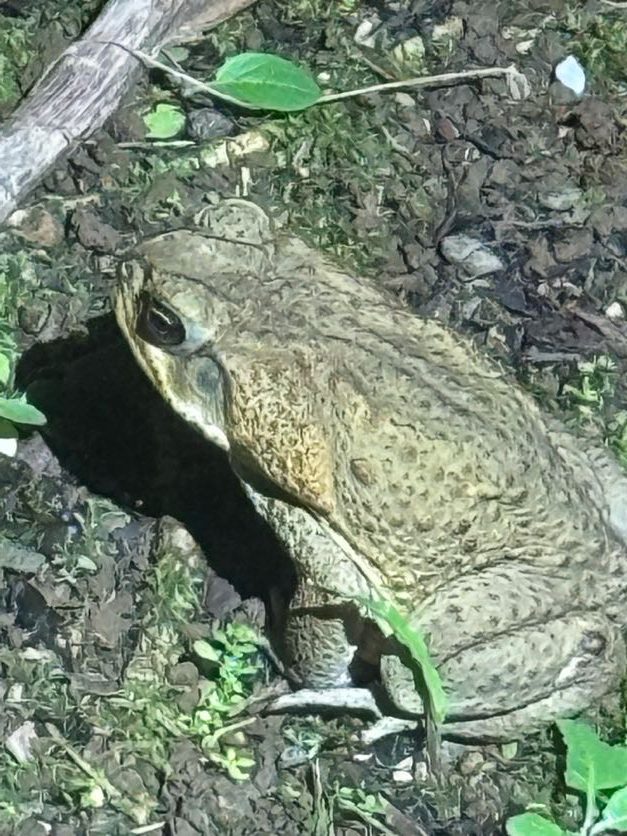
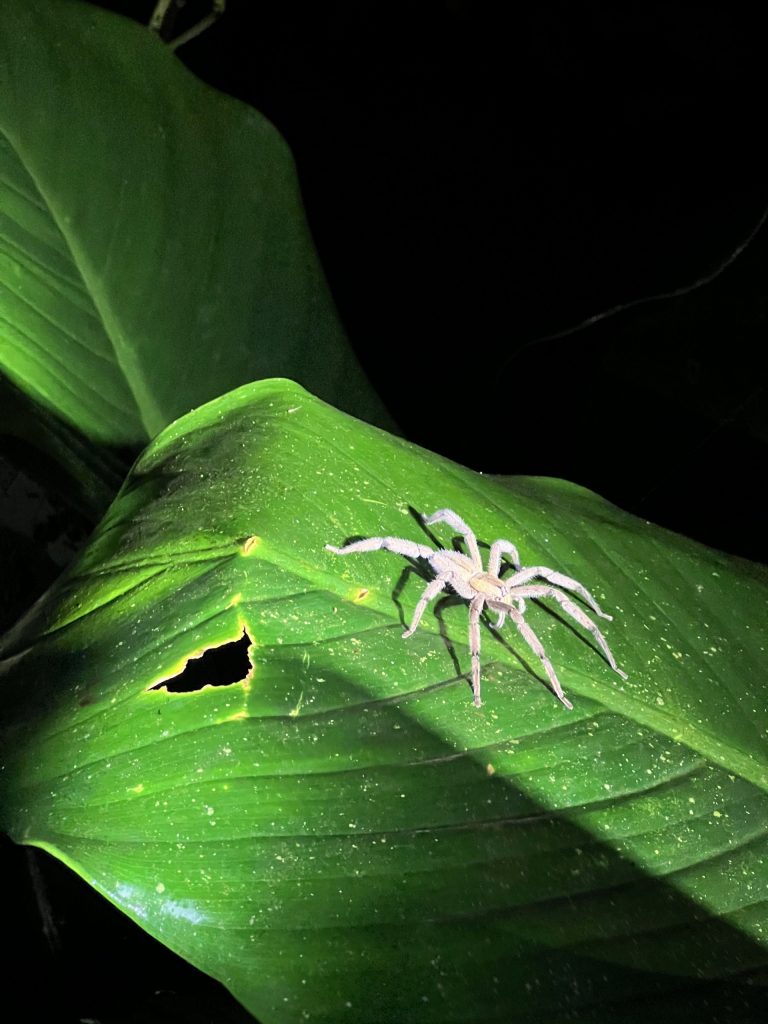
Leave a Reply